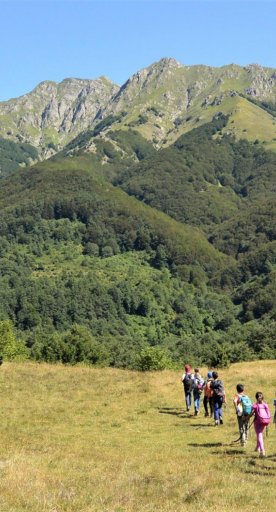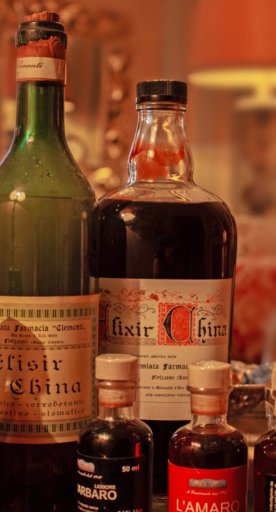The historic centre, surrounded by walls, is dominated by Piazza Medicea with its imposing fountain. Many historic buildings overlook the square and the Prepositural Church of Saints Jacopo and Antonio, a Marian sanctuary of the Madonna of Reggio, blessed Virgin of Adoration, since 1946.
It may be surprising to learn but Fivizzano hasn’t played a minor role in Italy’s humanistic culture. This is where Jacopo da Fivizzano opened one of the first print houses in the entire country, where the first typewriter ever built was created and used.
Inside the Palazzo Fantoni, a historic noble residence recovered by the famous Fivizzano-born doctor and writer Loris Jacopo Bononi, is the Museum of Printing, established in honour of Jacopo da Fivizzano.
The Accademia degli Imperfetti played an important role in the cultural history of the town. The institution was founded in the 1500s and operated with enthusiasm until the mid-1800s; they were responsible for building the Teatro degli Imperfetti – inaugurated in 1807 and fitted with 600 seats.
Literature lovers shouldn’t miss a visit to the Augustinian complex, with its library, home to a beautiful collection of works coming from the adjacent church. The hospice is also unmissable and, outside, the bronze monument that celebrates the Fivizzano origins of Nicholas V (the pope responsible for creating the Vatican Library).










































